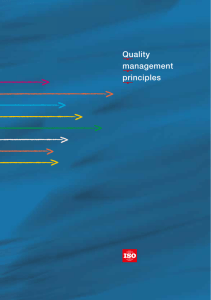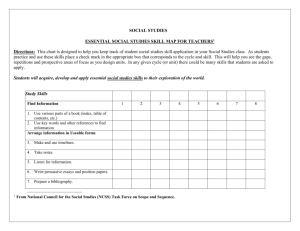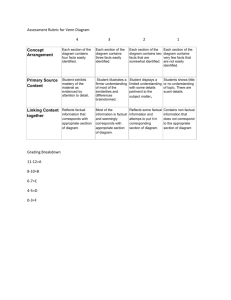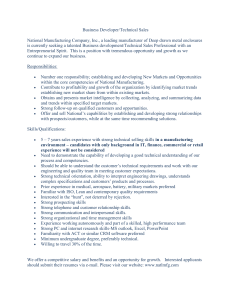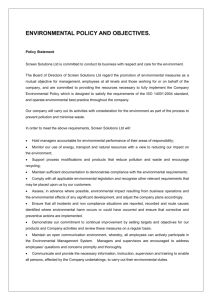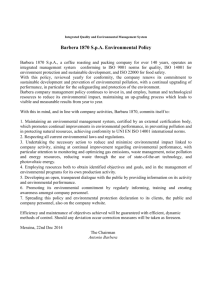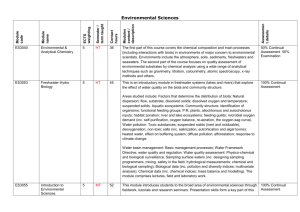Management principles
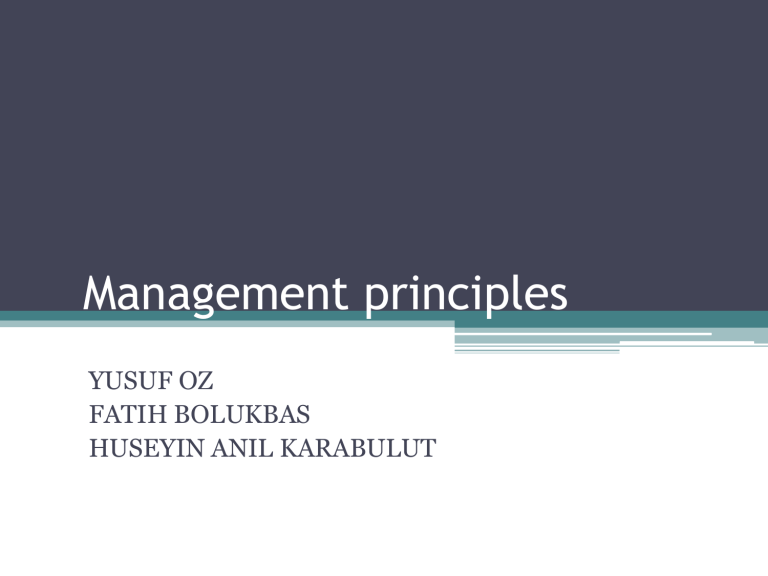
Management principles
YUSUF OZ
FATIH BOLUKBAS
HUSEYIN ANIL KARABULUT
• Importance of management
• Main principles of management
1) Leadership
2) Customer focus
3) Process approach
4) Involvement of people
5) Continual improvement
6) System approach to management
7) Factual approach to decision making
8) Mutually beneficial supplier relationships
• Motivation towards the organizations goals
• Minimizing miscommunication between levels
• Inspiring and encouraging workers
• Establishing a clear vision of the organization’s future
• Providing people with the required resources, training and freedom to act with responsibility
• Considering the needs of customers, owners, employees
• Current and future needs of customers
• Measuring customer satisfaction and acting on the result
• Communicating customer needs and expectations throughout the organization
• Systematically managing customer relationship
• Make a balance approach between satisfying customer and owners
A desired result is achieved more efficiently when activities and related resources are managed as a process.
Benefits:
• Improved, consistent and predictable results
• Focused and prioritized improvement opportunities
• Lower costs and shorter cycle times through effective use of resources
• Systematically defining the activities
• Establishing clear responsibility and accountability for managing activities
• Analysing and measuring of the capability of activities
• Focusing on the factors such as resources, methods, and materials that will improve activities of the organization
• Evaluating risks, consequences and impacts of activities on customers, suppliers and other interested parties
People at all levels are the essence of an organization and their full involvement enables their abilities to be used for the organization's benefit
Benefits:
• Motivated, committed and involved people within the organization
• People being accountable for their own performance
• People eager to participate in and contribute to continual improvement
• People understanding the importance of their contribution and role in the organization.
• People identifying constraints to their performance.
• People accepting ownership of problems and their responsibility for solving them.
• People evaluating their performance against their personal goals and objectives.
• People freely sharing knowledge and experience.
• People openly discussing problems and issues.
Continual improvement of the organization's overall performance should be a permanent objective of the organization.
Benefits:
• Performance advantage through improved organizational capabilities.
• Alignment of improvement activities at all levels to an organization's strategic intent.
• Flexibility to react quickly to opportunities
• Providing people with training in the methods and tools of continual improvement.
• Making continual improvement of products, processes and systems an objective for every individual in the organization.
• Establishing goals to guide, and measures to track, continual improvement.
• Recognizing and acknowledging improvements.
System approach to management
• Identifying, understanding and managing interrelated processes as a system contributes to the organization's effectiveness and efficiency in achieving its objectives
Key benefits
• Integration and alignment of the processes that will best achieve the desired results.
• Ability to focus effort on the key processes.
• Providing confidence to interested parties as to the consistency, effectiveness and efficiency of the organization.
Applying the principle of system approach to management typically leads to;
• Structuring a system to achieve the organization's objectives in the most effective and efficient way.
• Understanding the interdependencies between the processes of the system.
• Structured approaches that harmonize and integrate processes.
• Providing a better understanding of the roles and responsibilities necessary for achieving common objectives and thereby reducing cross-functional barriers.
• Understanding organizational capabilities and establishing resource constraints prior to action.
• Targeting and defining how specific activities within a system should operate.
• Continually improving the system through measurement and evaluation.
Factual approach to decision making
• Effective decisions are based on the analysis of data and information
Key benefits
• Informed decisions.
• An increased ability to demonstrate the effectiveness of past decisions through reference to factual records.
• Increased ability to review, challenge and change opinions and decisions.
Applying the principle of factual approach to decision making typically leads to:
• Ensuring that data and information are sufficiently accurate and reliable.
• Making data accessible to those who need it.
• Analyzing data and information using valid methods.
• Making decisions and taking action based on factual analysis, balanced with experience and intuition.
Mutually beneficial supplier relationships
• An organization and its suppliers are interdependent and a mutually beneficial relationship enhances the ability of both to create value
Key benefits
• Increased ability to create value for both parties.
• Flexibility and speed of joint responses to changing market or customer needs and expectations.
• Optimization of costs and resources.
Applying the principles of mutually beneficial supplier relationships typically leads to:
• Establishing relationships that balance short-term gains with long-term considerations.
• Pooling of expertise and resources with partners.
• Identifying and selecting key suppliers.
• Clear and open communication.
• Sharing information and future plans.
• Establishing joint development and improvement activities.
• Inspiring, encouraging and recognizing improvements and achievements by suppliers.
International Organization for Standardization (ISO) http://www.iso.org/iso/iso_catalogue/management_and_le adership_standards/quality_management/qmp/qmp-6.htm
